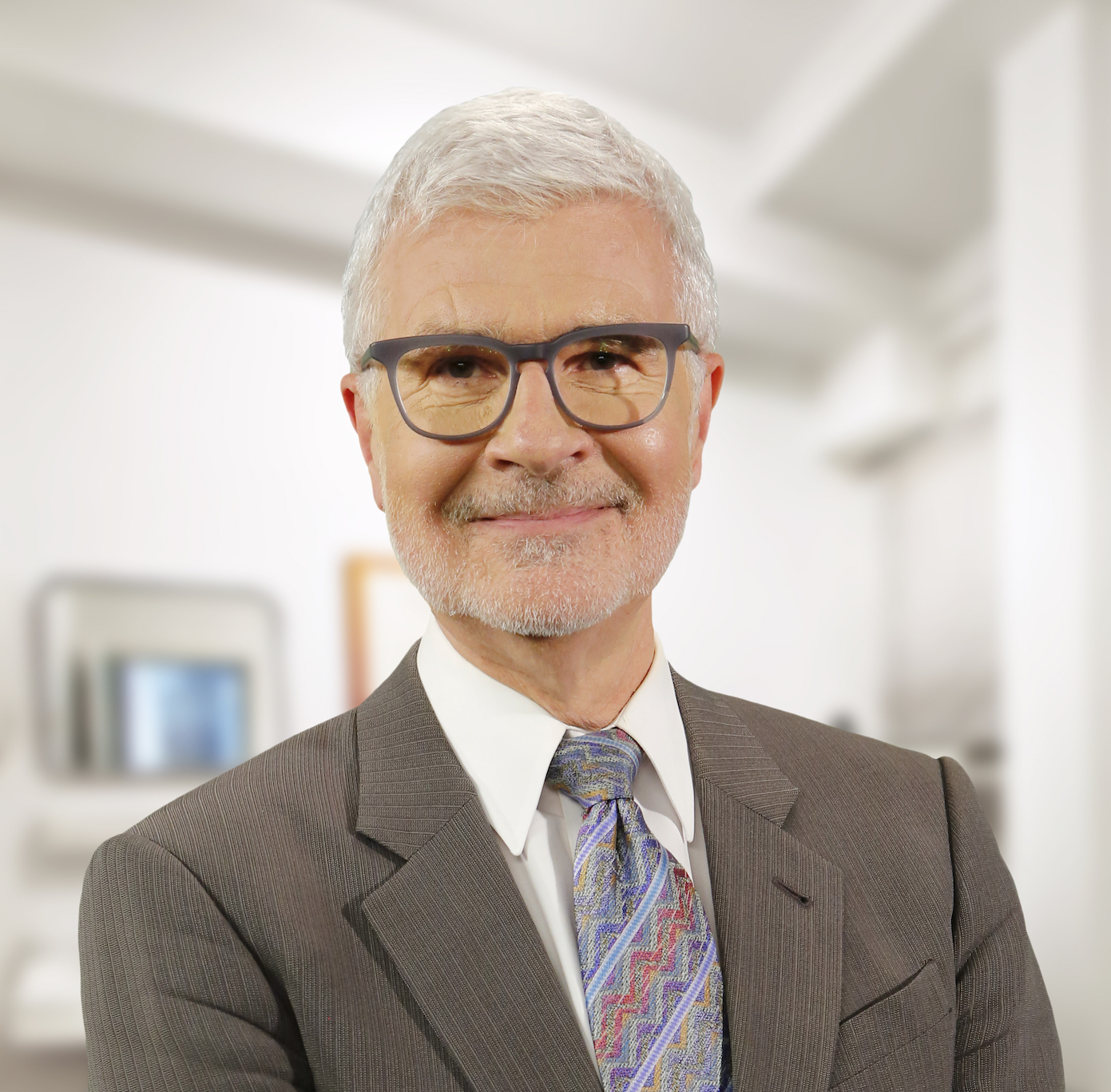As I was doing the research for this book, I came across some fascinating information about dead bacteria. Yes, you read that right. Dead bacteria actually contain important information for your gut buddies, playing an important role in quorum sensing and other bacterial group efforts. Intriguingly, it appears that although dead and living bacteria both send critical messages to their friends in your gut, the information they share is slightly different.
This is a fascinating part of your gut buddies’ language and yet an- other reason that fermented foods play such a critical role in your health. Most fermented foods contain dead bacteria as well as the postbiotic “messages” that the bacteria produced during the fermentation process (back when they were alive, of course). Thus, a recent human study showed that a diet high in fermented foods dramatically increases microbiota diversity while decreasing inflammatory markers.
Another recent study looked at the effects of supplementation with live versus dead (pasteurized) Akkermansia on mice. It showed that both types of supplements were beneficial to the microbiome, but in different ways. Both strengthened the gut lining, but the dead bacteria were actually more effective in that regard than the living ones were! The stronger gut lining led to a greater reduction in inflammation in the mice that received the dead bacteria. The living bacteria, however, had stronger effects on the modulation of gene expression related to fatty acid synthesis, energy homeostasis, and the immune response. The living bacteria also had a greater impact on helping to create homeostasis in the gut.
Clearly, the natural cycle of bacterial life and death is a critical component of how these tiny beings exert their control over us. It’s almost as if they had accounted for the fact that they would inevitably die and worked it into their communication system. Are you impressed yet?
Just as your living gut buddies respond to signals from dead bacteria, the TLRs on your immune cells respond to dead bacteria that cross the gut wall—this time in a not-so-good way. The TLRs recognize dead pieces of bacteria (LPSs) as invaders and respond by launching your immune system into action.
As a quick aside, it is interesting to consider the fact that fermenting foods containing lectins is one of the best ways to reduce their lectin content so that you can safely eat them without damaging your gut wall. During the fermentation process, bacteria eat the vast majority of those nasty lectins! Is it possible that they do this intentionally to protect their buddies in your gut? At this point, I wouldn’t put it past them.
There are many ways to protect and restore your gut wall, which we will explore shortly. But the most important and effective way is to make sure that the mitochondria in the cells lining your gut keep themselves healthy through uncoupling and mitogenesis. In every part of your body, the healthier your mitochondria are, the healthier your cells will be. And the healthier your cells are, the healthier your tissues and organs will be. This, of course, applies to your gut wall as well.
On the other hand, when the mitochondria inside your cells become damaged to the point of no return, the cells die and explode in a process called apoptosis. This throws cellular debris, including pieces of the cell walls and mitochondrial walls, into your bloodstream. Remind me again what mitochondrial walls are? Bacteria! And as far as your TLRs are concerned, they might as well be LPSs. TLRs call your immune system into action, and this leads to—you guessed it—inflammation.
How can we avoid this? After all, cells die all the time. That’s true, but there is another way for cells to die, this time in a process called autophagy, which literally means self-eating. In this process, the cellular pieces, including the mitochondrial components, are recycled into new cells with new mitochondria, so they are not exposed to the immune system. Autophagy helps prevent apoptosis from occurring and is a critical component of homeostasis.
You can think of autophagy as cells dying from old age and apoptosis as cells dying from disease. In the latter case, it causes inflammation, contributing to your own aging and disease! Once again, how can we help our cells die of natural causes after a happy, healthy, long life? We can make sure that the mitochondria inside them are healthy and protected, primarily through uncoupling. This is true of every cell in your body, and it is of primary importance in your gut wall.

Excerpted from GUT CHECK: Unleash the Power of Your Microbiome to Reverse Disease and Transform Your Mental, Physical, and Emotional Health By Steven R. Gundry, MD, Harper Wave, January 9, 2024. Reprinted by permission.


